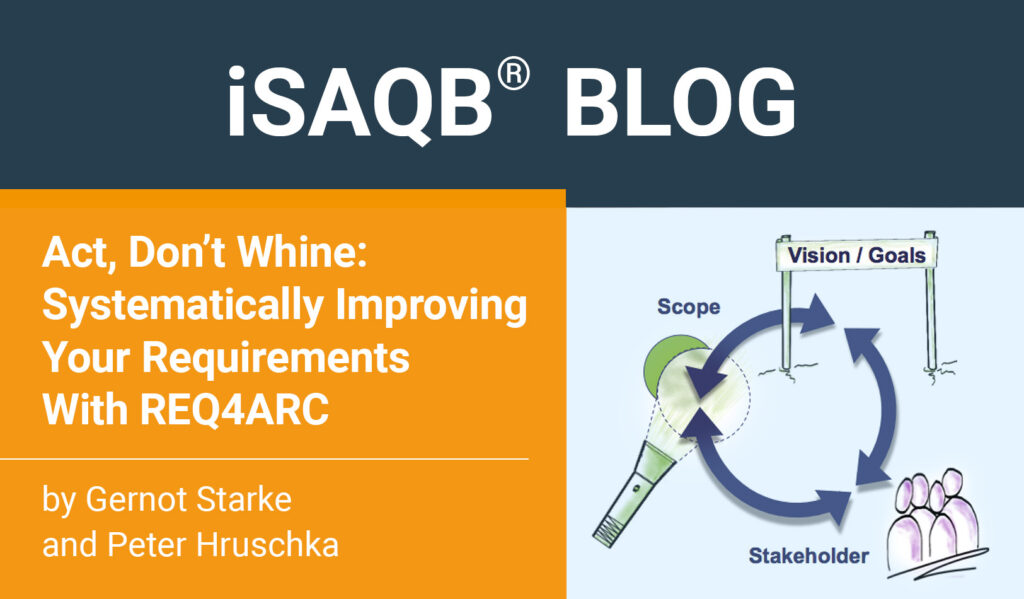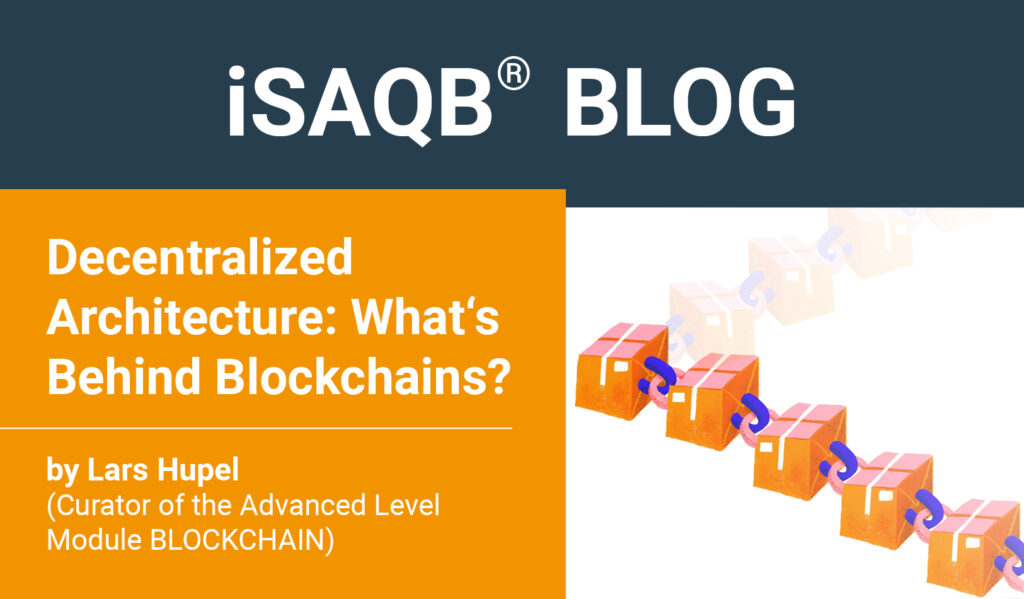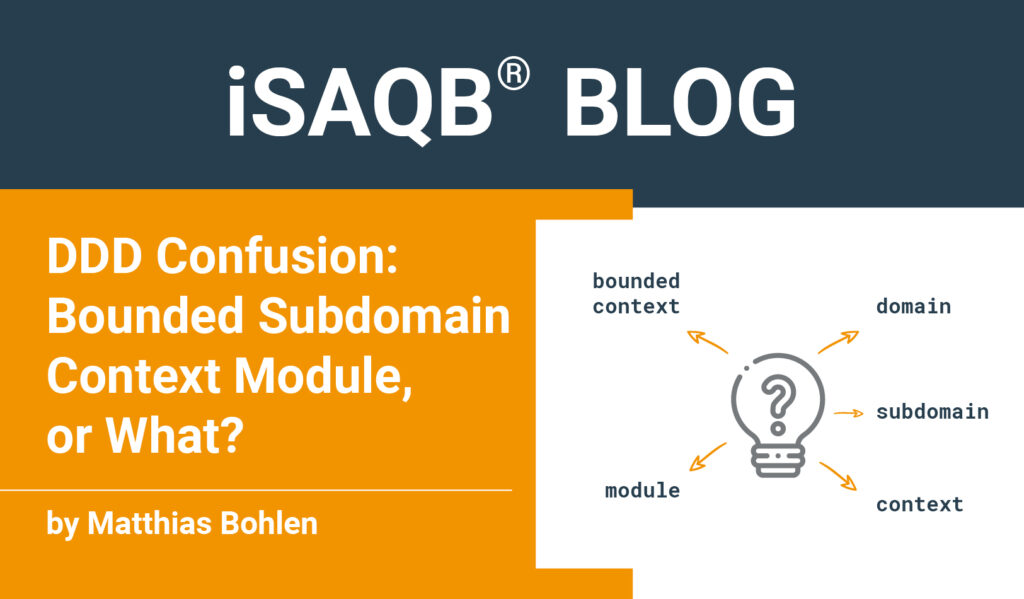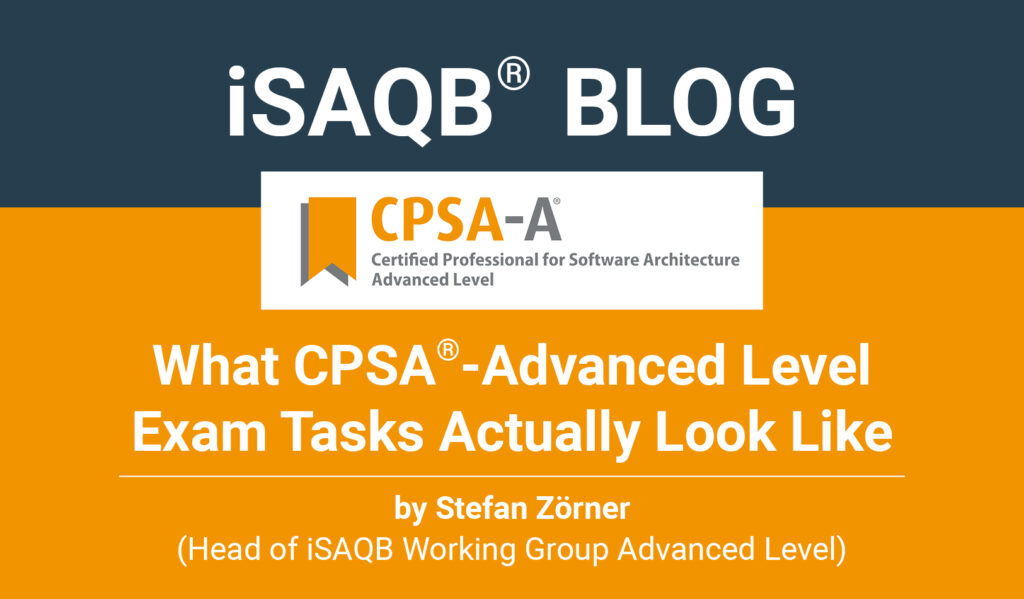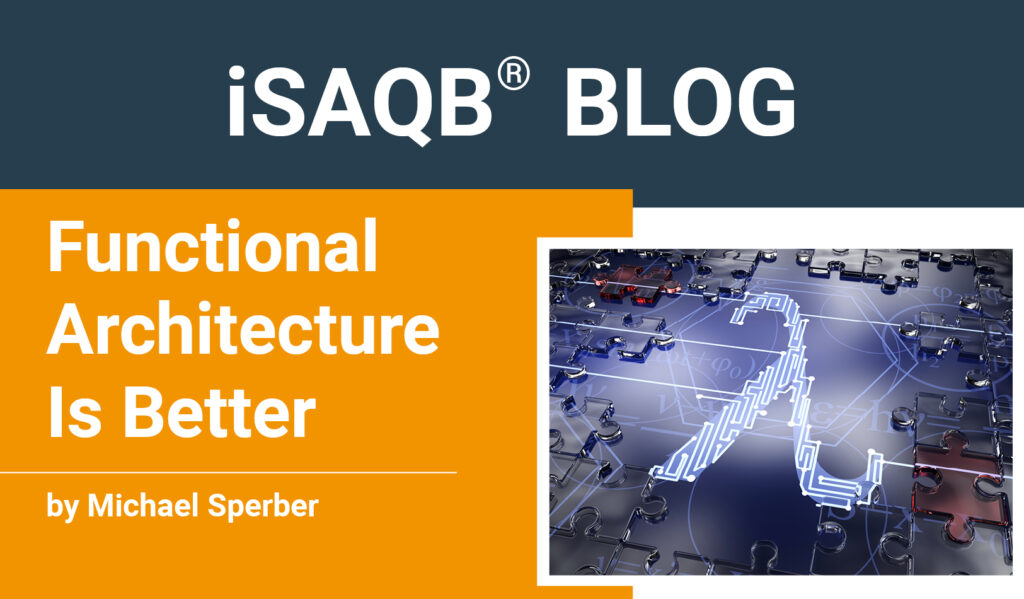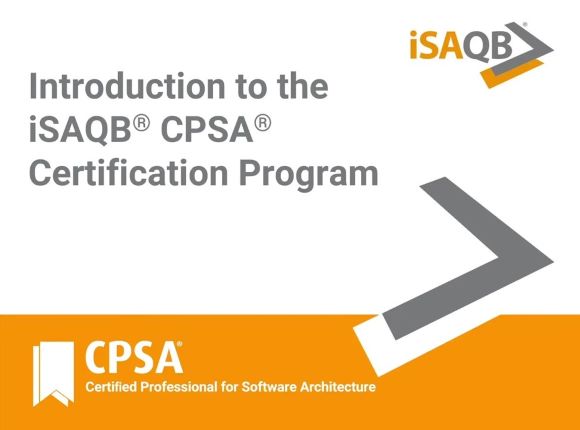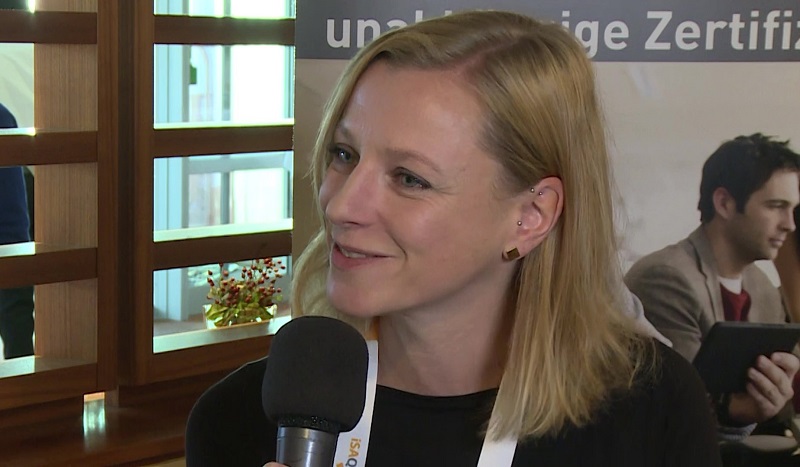Why Should I attend the CPSA® Advanced Training CLOUDINFRA (Infrastructure, Container, and Cloud Native)?
An Interview With Curators Anja Kammer and Marc Haid
What is behind the CPSA Advanced Level training CLOUDINFRA: Infrastructure, Container, and Cloud Native? What can participants expect from this training course which is one of 17 modules of the iSAQB’s multi-level CPSA program (Certified Professional for Software Architecture)?
The module curators Marc Haid and Anja Kammer shed light upon some very relevant questions concerning this Advanced Level training and illustrate which contents and topics are covered by CLOUDINFRA.
Is this the right module for me? Which audience does CLOUDINFRA address?
Knowledge of cloud infrastructures is not necessary for participation in the module. Practical experience in the design and development of software systems and in dealing with containers is helpful, but not a prerequisite. This module, therefore, addresses both active software developers and software architects.
In the first chapter, participants are introduced to cloud infrastructures at a very general level. In the following chapters, the specific features and technical details of distributed system environments in the various forms of the cloud are discussed.
How is the CLOUDINFRA training course relevant to my professional practice as a software architect?
Cloud infrastructures and architectures affect a variety of technologies and concepts. The content of the CLOUDINFRA module provides software architects with the knowledge of how infrastructure components work together and what to look out for when building cloud-based systems. In addition, they are introduced to concepts established in large cloud-based systems that can be helpful for their projects. The application of the acquired knowledge is not limited to cloud environments but can also be helpful for the implementation in a legacy architecture.
Which skills do I acquire in this module; what exactly do I learn in this training?
The module starts with definitions of cloud terms and their meaning. This is followed by approaches of modern architectures, the integration of user interfaces, and the specific features of technical components such as containers, network, and storage. On this basis, further topics like design patterns for resilience, application and container design, and also resulting application scenarios of service meshes are discussed. Finally, the module covers requirements for organization and development, testing, monitoring, and operations, up to provisioning and configuration.
We believe that very important aspects of cloud architecture are therefore presented in the module. Participants will be introduced to concepts that can be used to solve problems arising in practice for distributed systems in the cloud based on established procedures.
Why is the focus on architectural patterns?
Tools provide alleged solutions to emerging problems. In cloud-based systems, there is a multitude of tools that need to be mastered and managed.
However, CLOUDINFRA does not focus on the presentation of tools, but rather enables software architects to identify the problem and determine a solution based on design patterns. With the help of defined design patterns, appropriate tools can be found, or suitable solutions can be developed.
You would like to learn more about the CPSA Advanced Level module CLOUDINFRA? Please visit the CLOUDINFRA module web page.
You would rather find and book a suitable CLOUDINFRA training course right away? Then check out our training calendar.
Share this article:
Related Posts
- « Previous
- 1
- 2
- 3
Featured in this article




